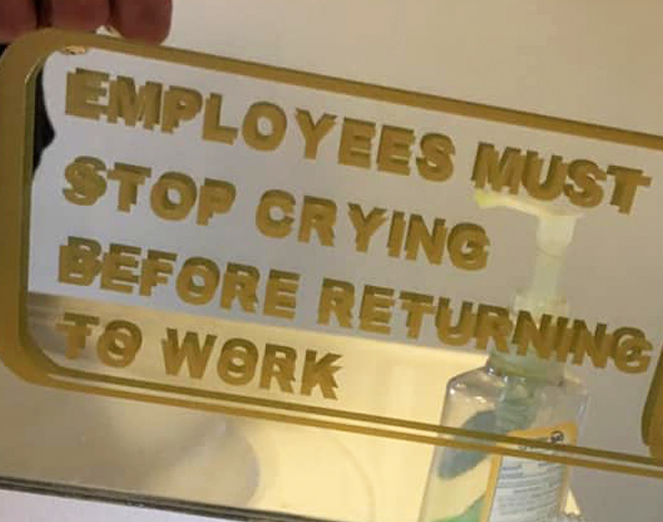

That’s just a small subset of non college grads. If you’re going to compare people who are aiming for a specific profession in a specific industry, you should look at the career outcomes of the college path, too, with specific majors that are feeders into specific careers.
Maybe you can argue that plumbers are doing “just fine” with the median wage at around $60k per year (across the entire career trajectory from the age of 20 to 60), or that welders make a median $50k, but those numbers don’t come anywhere close to accountants ($81k), financial specialists ($82k), financial analysts ($102k), electrical engineers ($112k).
And you could argue that I’m cherry picking professions, and I am, but simply by saying “trades” is also cherry picking a profession.






Ranked choice is the best for single seat elections: let everyone choose their first choices, and do an instant runoff where people not in the top X at that stage are disqualified and their votes transfered to the voters’ next choice, until there actually is a candidate with majority support among remaining candidates that made it that far.
Parliamentary systems, though, have room for other representative formulas where each voter isn’t necessarily just voting for a single seat to be filled. If you have a system with strong parties, you can vote for a party, each party wins a certain number of seats, and then the party fills those seats with their members according to their internal procedures. This system, however, requires strong parties where members can be controlled by the party.
Single seat elections aren’t necessary in every situation, and it’s worth thinking through which types of representative structures may be better than single-seat districts and when to use proportional representation through multi-seat elections, and how to formally recognize the role of political parties in those systems.